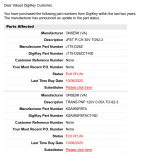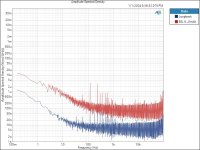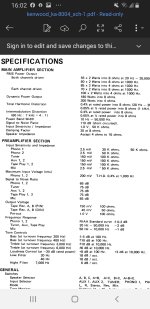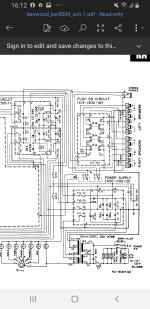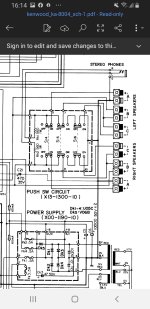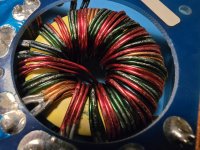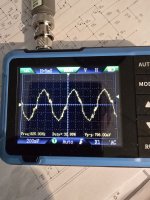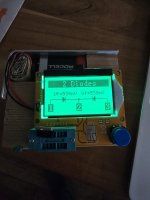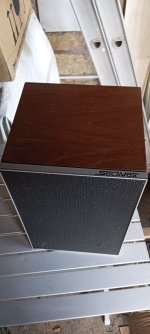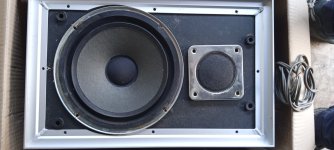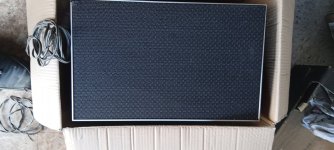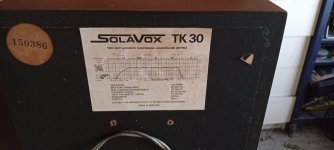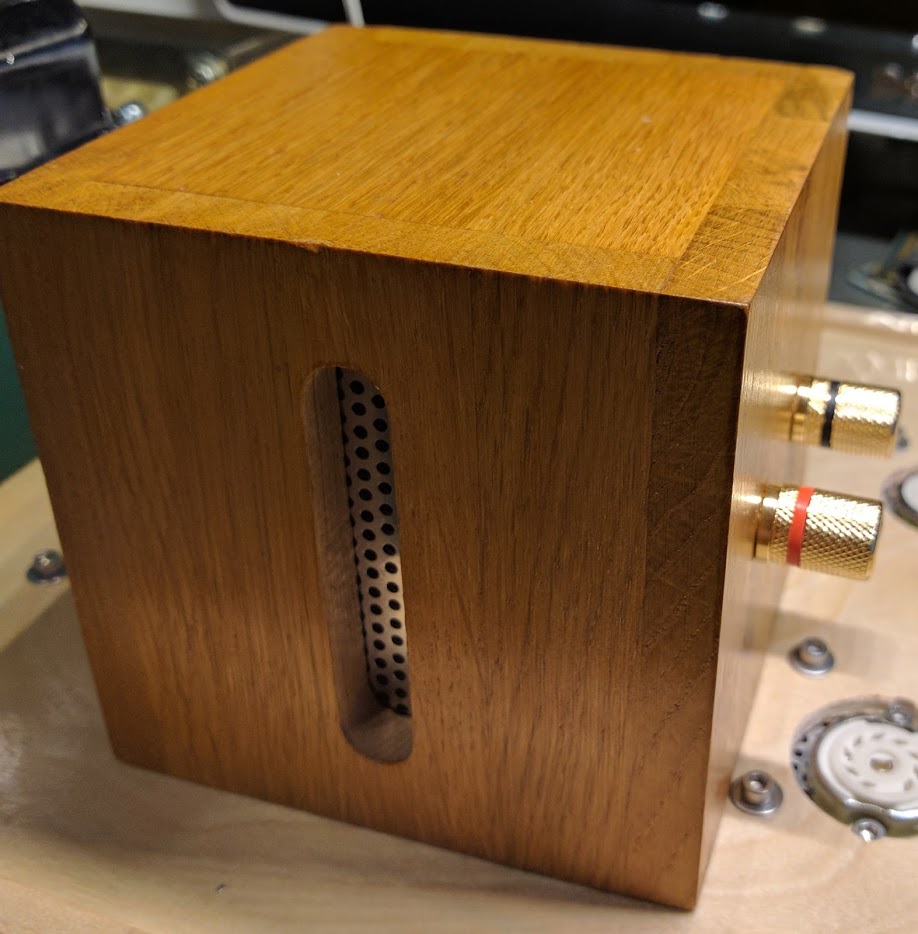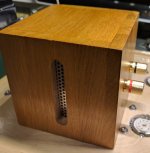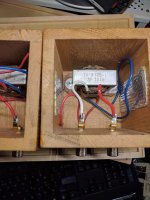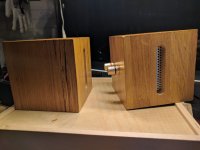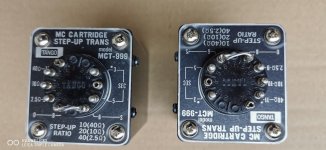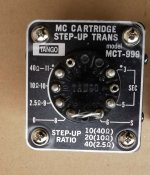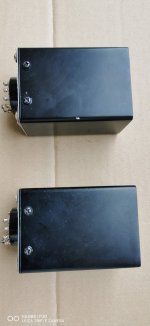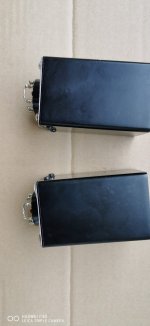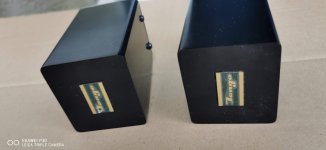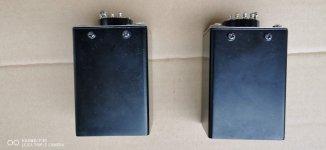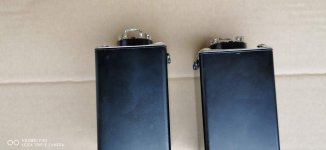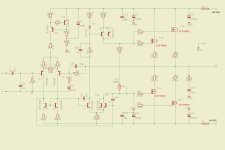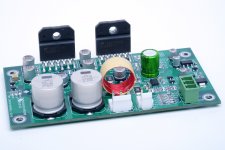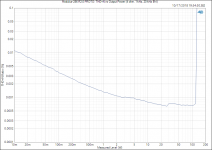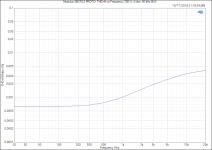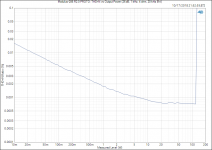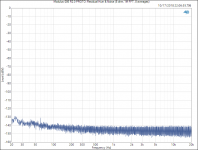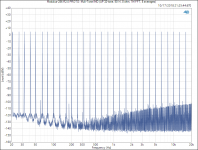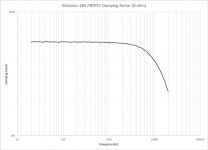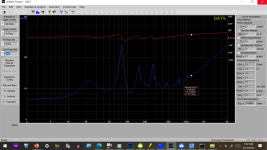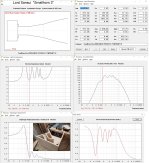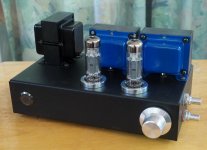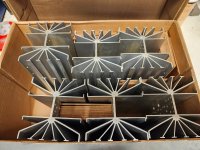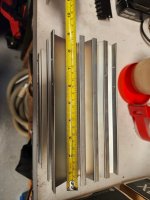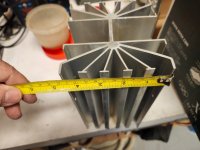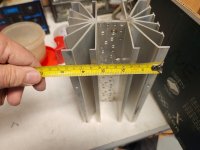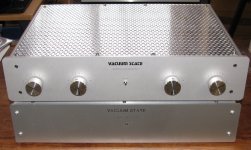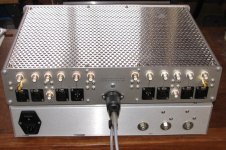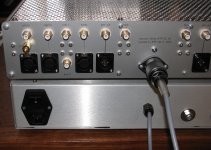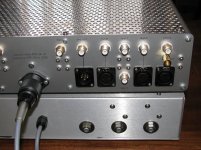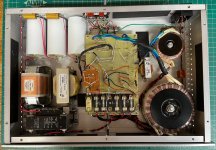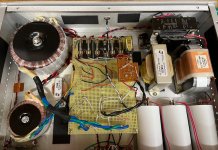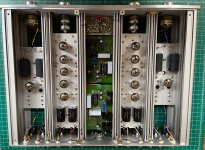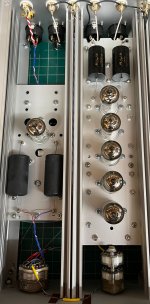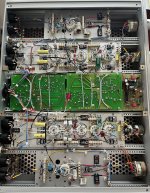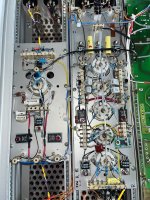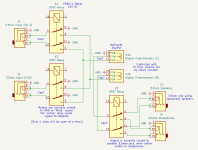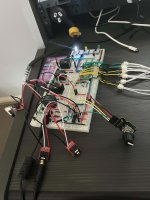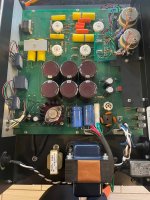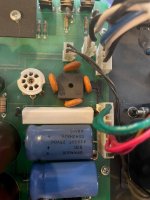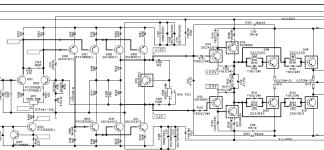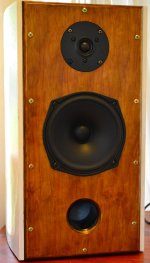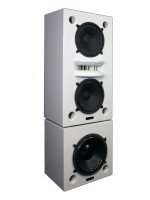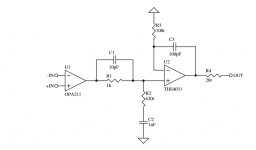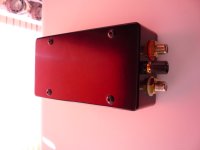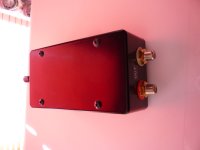Hi all,
I've been lurking for a while... and have thinking about what to do with my Great Heil AMTs that I got a year ago when they went half price with free shipping..
Originally I bought them to make speakers based on Xrk's Kazba but then saw Xrk's post on his Synergy Horn using the AMT in lieu of a compression driver.
My Xki's are *still* away for painting but when I did listen to them prior to painting I absolutely loved them, and so trust Xrk if he says something sounds good. Well he said that the AMT horn was among the best speakers he has ever heard!
So I have read up on the theory of them and how to build them and have played around with the spreadsheet by Bill Waslo (thanks Bill!).
But I have some questions about this process I would love to get some help with.
1) With the ESS Heil AMT, I have read that it has a very small vertical dispersion. Is there any point in going for 40 degrees of vertical dispersion or more? Is even less worth pursuing? The smaller the vertical dispersion of the horn, the shorter it can be made.
2) Likewise with the horizontal, I am currently aiming for 90 degrees, as any less than that makes the horns too big (at the moment with 90 degrees and 390Hz pattern control it is 60cm (23.6 inches) wide, which is as large as I would like in my living room).
Question is, is 90 degrees a good value to go with? My seating position will be about 2-3m from the speakers position. 90 degrees horizontal dispersion *seems* good to me from my seating position, but any thoughts would be appreciated.
3) I am aiming for 390Hz as my bottom horizontal pattern control value, but can anyone advise on the choice for this value? The default the spreadsheet comes with is 385Hz and the manual mentions that something in the range of 200-500 will suit most rooms but any extra information would be appreciated.
4) I believe I have found the woofer to match with the AMT: The Peerless SDS-160F25PR01
Peerless by Tymphany SDS-160F25PR01-08 6-1/2" Paper Cone Woofer Speaker
Sealed it should go from 70Hz to 3000Hz nicely. Ported from 33Hz.
Therein lies my question. I was originally planning on doing a 3-way - a 2-way synergy horn with a bass horn on the bottom, like Xrk's project.
That would mean 1 or 2 of these woofers + the Heil AMT in the synergy horn and then building a ~30Hz bass horn to sit underneath and do from ~30-100Hz.
But then I thought, this woofer ported goes down to 33Hz. Why not have a ported synergy horn that has 1 or 2 of these woofers in it and have an all-in-one synergy horn? I did some modeling in WinISD of the woofer and what volume is ideal and how I would vent it, and settled on 60L box tuned for 33Hz. 2 ports, 6.8cm diameter @ 9.28cm long each. 1st port resonance will be at 1852Hz, and max air velocity will be 5.2m/s @ 33Hz.
Firstly, is that a good idea or a terrible one?
Secondly, do you think 1 of these drivers is enough? Or should I get two each for the left and right channels? I don't plan on listening at ear splitting volumes, but I also don't want to underbuild as well. If I get two for each horn then I will need 100L cabinets as well which is a bit larger.
Any thoughts will be welcome.
Thanks to anyone who shares their thoughts to help me.
